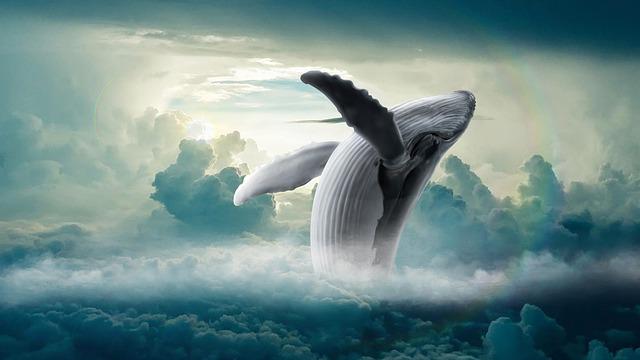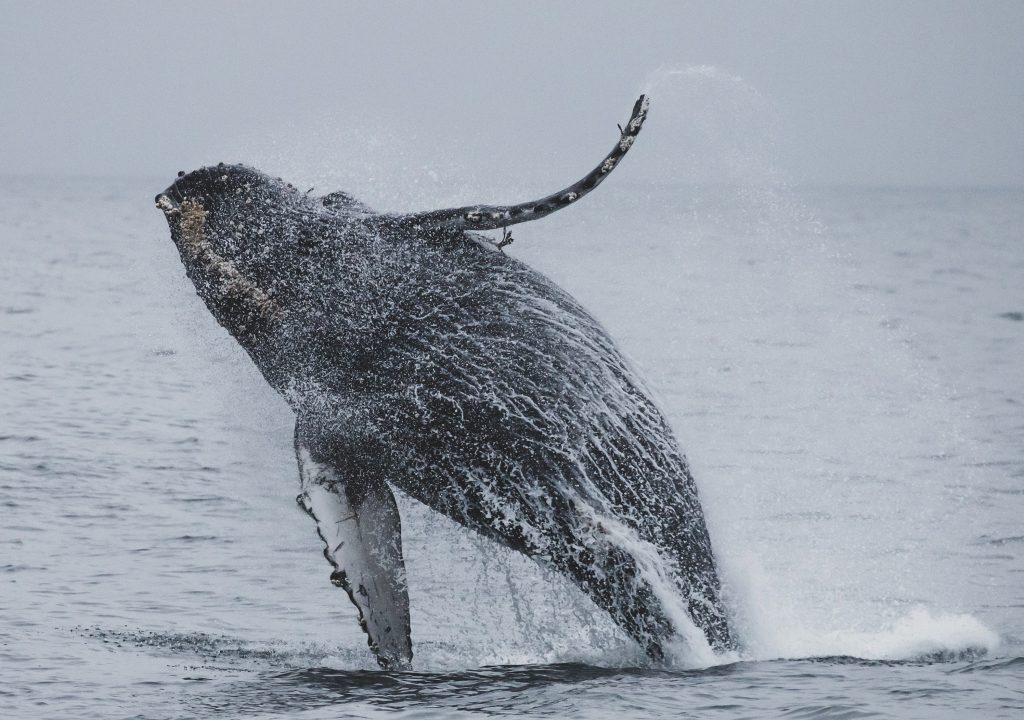They are undeniably the largest and most intelligent sea creatures. They provide very important services to their ecosystem and yet many species of whales are critically endangered. Experts say that the most logical reason for their mammalian features stem is their origin. Whales are said to be descendants of land-dwelling mammals that lived on earth over 49 million years ago. Whales living in our time are aquatic mammals that have a unique way of feeding, mating, birthing, and raising their young ones. They have been hunted for several years for their products but are currently being protected by international law after it was discovered that human activities placed a good number of whale species in danger of extinction.
The role of whales in the ecosystem

Whales, dolphins, and porpoises belong to a group of aquatic animals known as the “cetacean”. They are torpedo-shaped animals with limbs modified into flippers, non-flexible necks, flat heads, and a large tail fin. They are well adapted specifically for the marine habitat and possess unique abilities that differentiate them greatly from other aquatic animals. They communicate with each other and have been found to possess a higher level of intelligence which enables them to learn, teach and even grieve.
Whales occupy an important place in the ecosystem and contribute to the natural balance of the marine ecosystem. They are predators and feed on a variety of fish. Their role as predators helps to regulate the population of other species. They also serve as a source of food for other animals and humans. At the end of their lives, their carcasses serve as a source of food for scavenging organisms. They are broken down to provide nutrients for several other living things in the ocean.
Experts utilize the presence of whales in studying the health status of a marine environment. Their fecal matter provides nutrients for the growth of phytoplankton which in turn, pull carbon dioxide away from the atmosphere to promote a healthier environment. Phytoplanktons are also a source of food for other species that survive on them.
Human activities that endanger whales
A worrisome number of whale species have already gone extinct and many others have been listed as endangered by the International Union for Conservation of Nature. Human activities account for the greatest threats to whale survival. This is why the global community has taken strategic steps in recent times to limit the dangers faced by whales around the world.

One of the most important activities threatening the existence of whales is the hunting of whales for meat, oil, and blubber. Such illegal activities are known as whaling. It has indeed become a profitable business and several inhumane methods are used to hunt whales. Their products are in high demand in several countries. This has led to the development of advanced hunting methods and the growth of a very lucrative commercial whaling industry.
Pollution of the marine environment by plastic products, oil, sewage, chemicals, and so on, contributes to the destruction of aquatic habitats; forcing whales to migrate or face the consequences of water pollution. Just like other aquatic wildlife, whales are also affected by environmental pollution. Experts have documented entanglement in fishing gear as a major cause of whale deaths. The rapid decline in other species that they feed on places them at the risk of starvation.
Whales are large animals and as such face a higher risk of colliding with sea vessels than other aquatic wildlife. Vessel collisions contributed to the depletion of North Atlantic Right Whales. There are currently only about 500 of these whale species remaining across the world’s oceans. The possibility of seriously injuring or killing whales through vessel strikes has increased tremendously over the years as human activities on water continue to increase.
Other human activities that threaten the safety and survival of whales include; overfishing which contributes significantly to the reduction of prey population, noise pollution by man-made equipment which damage whale sense of hearing, aquatic constructions that affect whale migration patterns, food supply, their chances of escaping from toxic environments and their interactions with other whales.
Whale conservation
This term has become a global concern for a very long time. Understanding the unique roles of whales in the aquatic ecosystem, their role in carbon depletion, and the economic benefits of preserving them has led to a series of global talks, the development of international laws, and the use of aggressive strategies to protect whales and give them a chance to grow, survive and play their role in our environment without human interference.
Previous bans placed on hunting specific species of whales in certain countries have provided an opportunity for their recovery. Most human activities on the water are currently being regulated by the International Union for Conservation of Nature list that categorizes animals based on their risk of possible extinction.